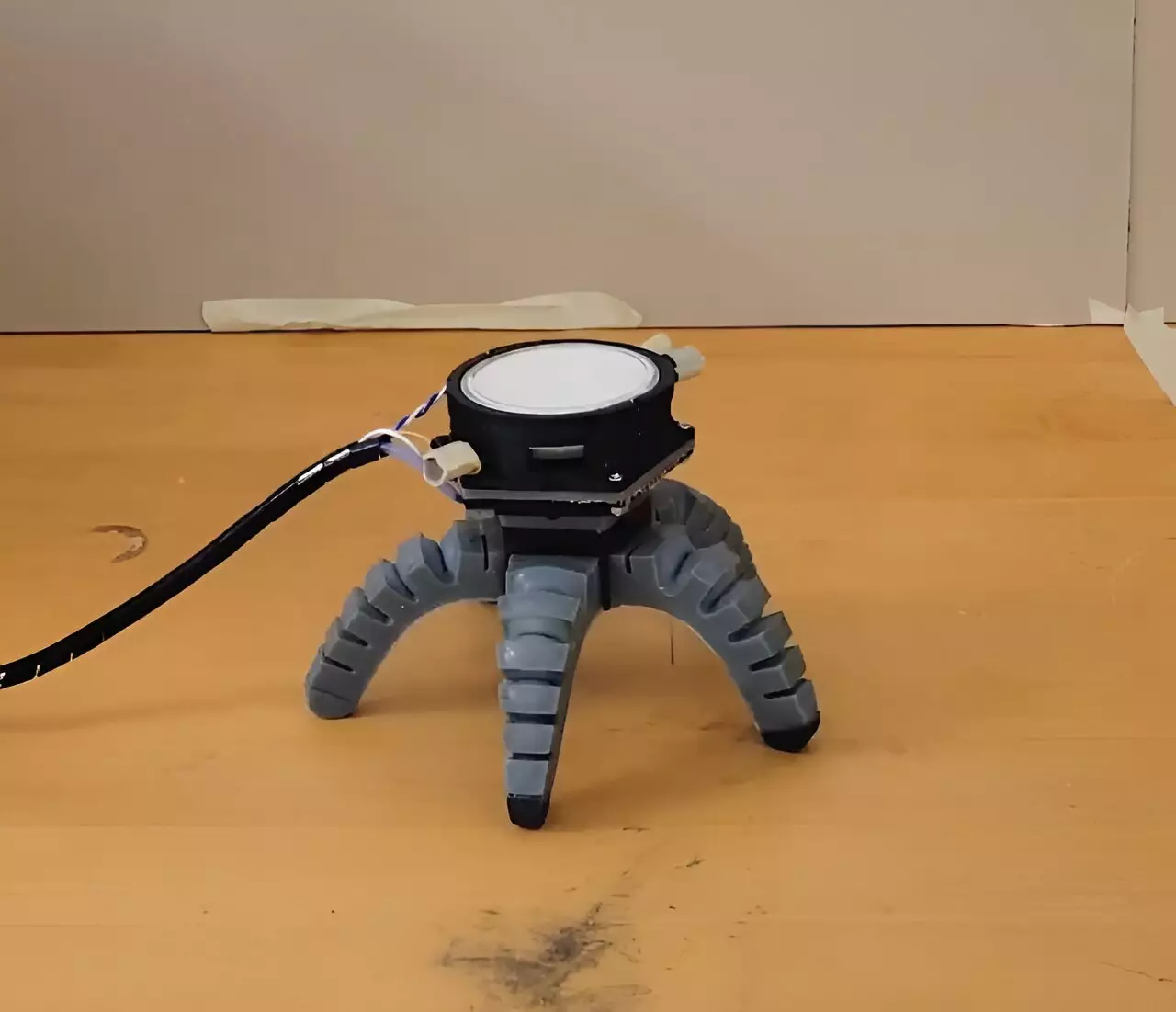The field of robotics is on the cusp of a significant transformation as researchers explore unconventional approaches to enhance robotic capabilities. One groundbreaking study, led by a team at Cornell University, focuses on incorporating living organisms—specifically fungal mycelia—into robotic designs. This innovative endeavor aims to create biohybrid robots that can autonomously and intelligently interact with their environment, demonstrating a promising avenue for future technological advances. By blending biology with engineering, this research paves the way for robots that possess sensory and responsive capacities previously confined to living organisms.
Fungal mycelia, often overlooked in the realm of robotics, play a critical role in this research. As the vegetative part of fungi, mycelia not only thrive in diverse and often harsh environments but also exhibit remarkable capabilities for sensing and responding to various stimuli. The potential applications of mycelia-mediated systems are vast, ranging from environmental monitoring to agricultural optimization. By utilizing their inherent electrical signals, the Cornell team successfully developed robots that can react to inputs such as light and potentially chemical changes in soil, proving advantageous for tasks like precision farming.
To realize this integration of mycelia in robotics, researchers encountered a unique set of challenges. The collaboration needed to encompass a diverse skill set, merging disciplines such as mechanical engineering, electronics, mycology, and neurobiology. This interdisciplinary approach was crucial for effectively bridging the gap between living systems and robotic platforms. For instance, Anand Mishra, the lead author of the study, worked closely with experts in these fields to master the process of cultivating pure mycelia cultures and accurately measuring their electrophysiological signals. This collaboration exemplified the necessity of each discipline in ensuring the successful implementation of living components within robotic structures.
The construction of biohybrid robots involved developing sophisticated electrical systems capable of accurately capturing the dynamic signals produced by mycelia. The researchers crafted a unique electrical interface designed to filter out noise from vibrations and electromagnetic interference while recording the real-time electrophysiological activity of the fungal network.
Once the system could interpret these signals, it facilitated the transformation of raw data into actionable output for the robots. The designs included a soft robot inspired by a spider’s form and a wheeled counterpart, both of which underwent various experiments to test their responsiveness to mycelial signals. By responding to stimuli such as ultraviolet light, the robots showcased their ability to alter their movements based on environmental inputs, highlighting the functionality of mycelial integration.
The implications of this research extend far beyond novel robotics. The intimacy established between living systems and mechanical counterparts heralds a deeper understanding of biohybrids’ functionality. The signals emitted by fungal mycelia may correlate with stress indicators or other environmental changes, enabling real-time monitoring of ecological conditions.
In the field of agriculture, for instance, biohybrid robots equipped with mycelial components could autonomously analyze soil chemistry and relay information crucial for optimizing inputs like fertilizers. This not only represents a potential leap in efficiency but also addresses critical environmental concerns such as nutrient runoff and algal blooms, promoting a more sustainable approach to farming.
The intersection of biology and robotics represented by the Cornell research embodies a pioneering step toward a new era in technology. By leveraging the responsive characteristics of fungal mycelia, researchers are not merely engineering machines but curating a synergistic relationship with the natural world. As advancements continue, the potential for biohybrid systems to operate more autonomously and intelligently opens new frontiers in robotics, environmental monitoring, and sustainable development, ultimately redefining our approach to technology and its role in society. This study is merely the beginning; the fascinating possibilities of living robotics are just starting to come to fruition, inviting further exploration and innovation across multiple disciplines.

